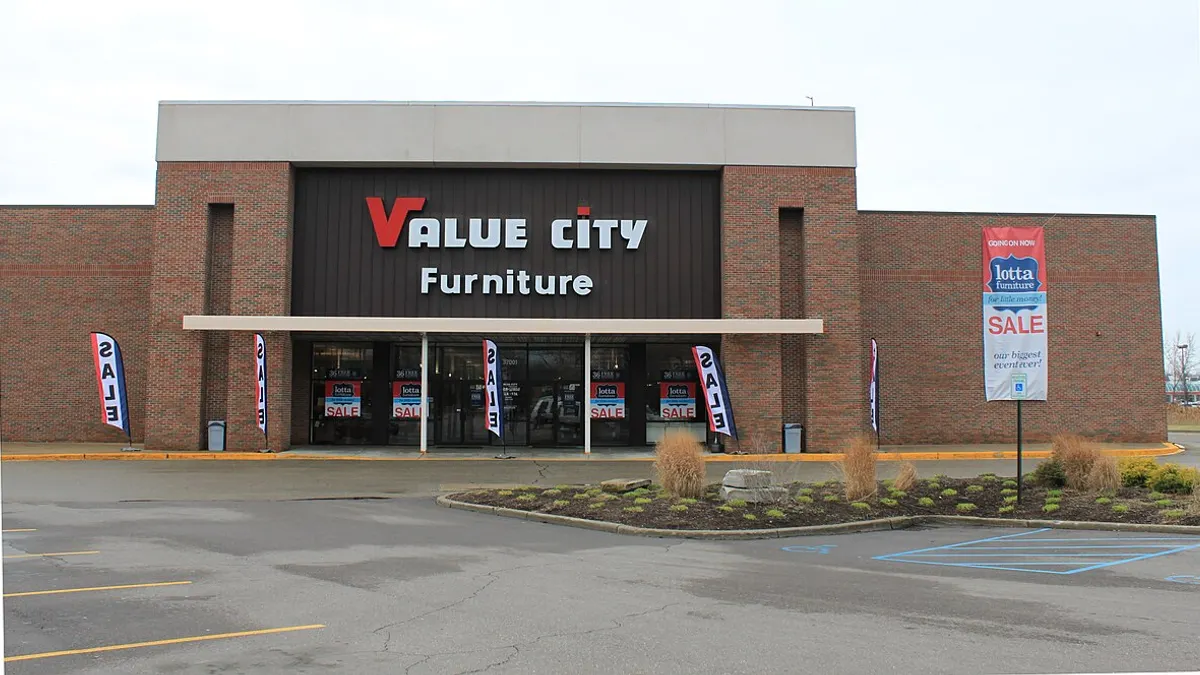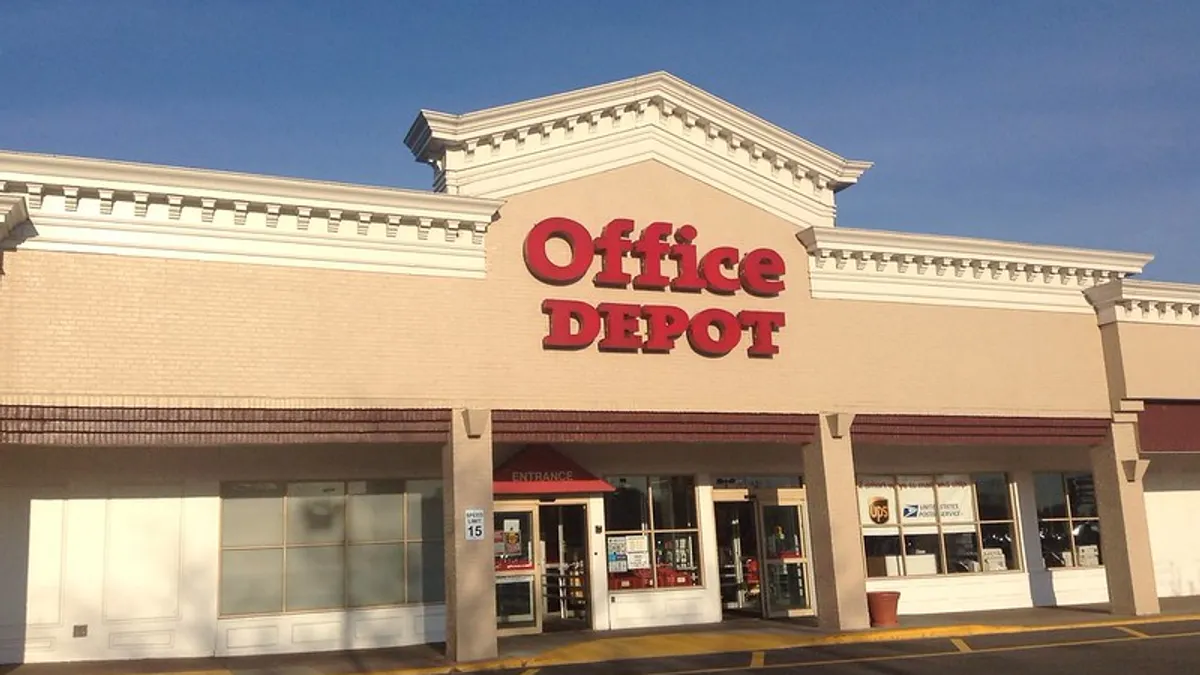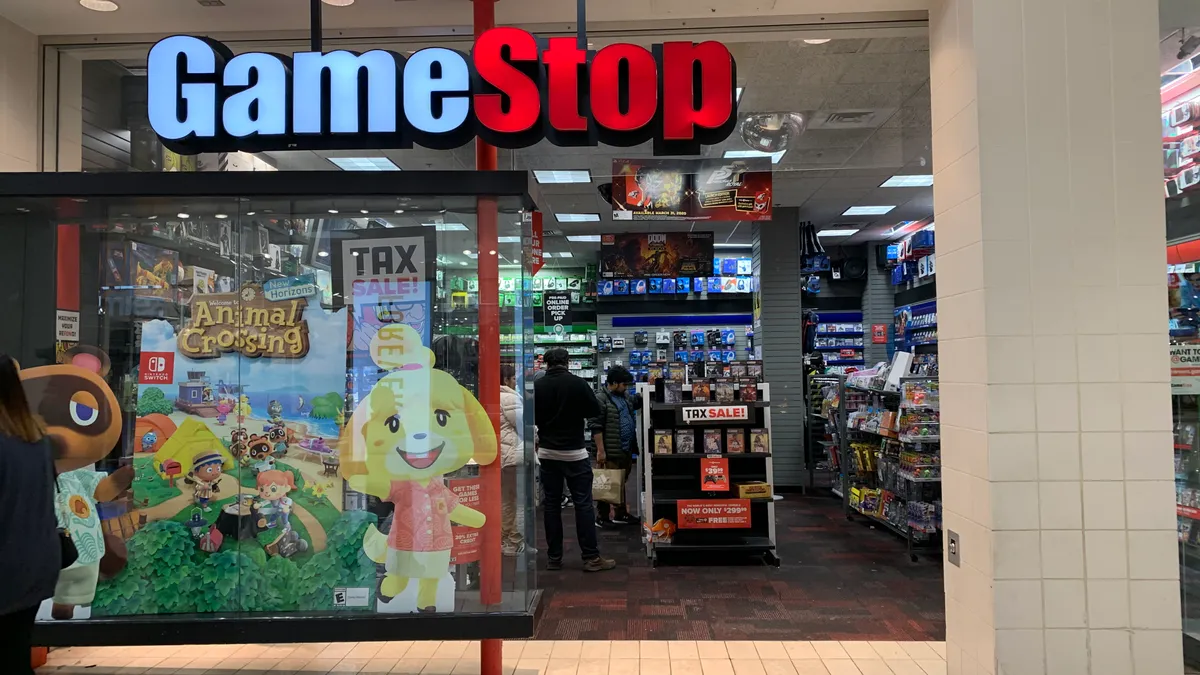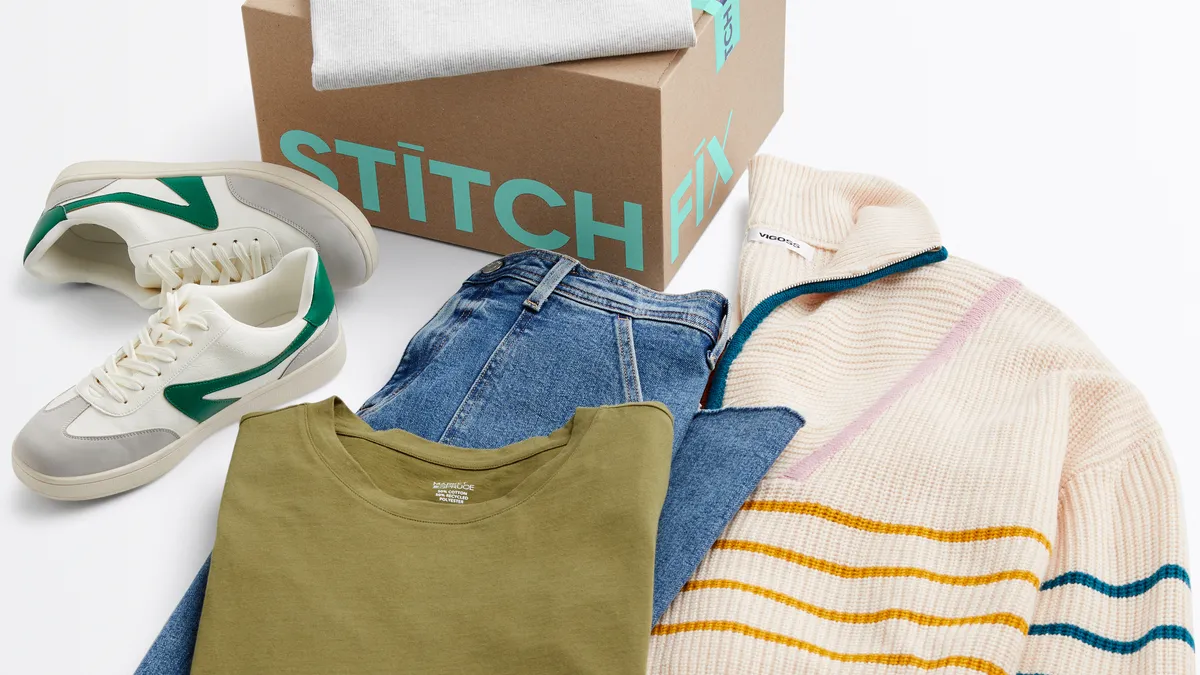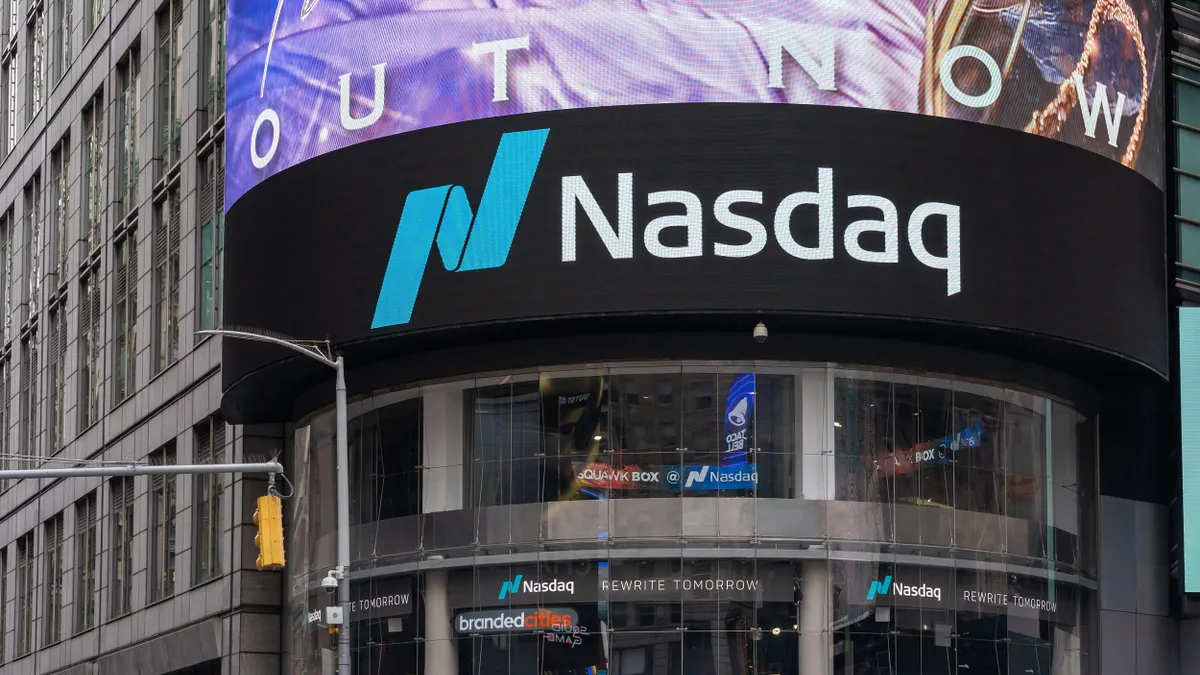Where can retailers find young, digitally savvy, debt-free, often happy-to-spend consumers? Among the growing population of Hispanics in the United States. Reaching this group takes some special attention, and not just by offering Spanish-language communications or ads.
Why America’s Latino population is important to retailers
There are 52 million Hispanics living in the U.S., and that could rise to 132.8 million by 2050 — nearly a third of the nation’s population. They live in every state and are upwardly mobile. In a very real way, retailers — indeed the U.S. economy as a whole — will increasingly depend on the spending power of this group.
Hispanics are a diverse group themselves, with different backgrounds, each with unique traditions, music, and cuisines. But in general they often live in multi-general, multi-lingual households and retain ties to their Spanish-speaking cultures that influence many of their spending choices. Hispanic millennials, meanwhile, are among retail’s most digitally savvy customers; they spend less in stores, but they spend more than non-Hispanic whites, studies show.
More and more, U.S. Hispanic culture is influencing mainstream U.S. culture in general, and that has profound implications for retailers and marketers.
Hispanics are active and influential on social media and mobile
Hispanic consumers share content online five times more often than non-Hispanic consumers, and the content they share is 35% more likely to get a click than any shared by non-Hispanic users. Plus, they’re more likely to buy what products they’ve shared or discussed online, according to research by Mindshare, Unilever, and social media consultancy ShareThis.
Not surprisingly, mobile use and mobile-based activity is highest among Hispanic millennials. There are 17 million Latino Americans 18 to 30 years old and 76% use mobile devices regularly, more than the general population, according to a report from Spanish-language network Univision and the nonprofit Interactive Advertising Bureau, a group of media and technology companies.
Hispanic viewers also stream more entertainment on mobile devices, and use their devices often to check bank balances, pay bills, and make purchases, according to research by Pricewaterhouse Coopers.
What retailers must do to reach these consumers
Reaching Latino consumers goes well beyond translating websites or emails into Spanish. Indeed, the U.S. Hispanic population is increasingly at least bi-lingual if not solely English speaking. Even Univision now runs an English-language television channel aimed at younger Hispanics.
Furthermore, while marketers have often assumed that many Latinos are locked into certain brands, they are actually a group very interested in trying new things. And that includes upscale and luxury items that are increasingly in reach of more and more Hispanics as they improve their average household incomes. As a group they tend to pay off their bills faithfully, so are more often debt-free than their non-Hispanic white counterparts.
Many Hispanics shop not just to acquire something or get what they need, but as a “multi-source, multi-sensorial, and multi-generational experience that provides retailers and marketers with a wide range of opportunities to engage,” according to a study by marketing firm Lapiz, a division of advertising agency Leo Burnett.
Just look at the malls being developed by José de Jesús Legaspi. In his 10 developments, Legaspi is creating a decidedly ethnically focused mix to appeal to Latinos. He has recruited retailers based on products and services that appeal to Hispanics. He has also brought in shops catering to quinceañera celebrations, events geared to feast days like the Day of the Virgin of Guadelupe, religious services, and Sunday sales events scheduled to accommodate anyone going to Sunday services.
Legaspi’s malls serve more as cultural centers than mere retail destinations, giving his customers the chance to gather and share as well as shop.
"We create one-stop shopping for the entire Hispanic family," Legaspi told Fast Company magazine, "grocery stores, dental care, medical care, immunization, clothes, entertainment, banking, and the DMV."
Would you like to see more retail news like this in your inbox on a daily basis? Subscribe to our Retail Dive email newsletter! You may also want to read Retail Dive's look at companies separating from their founders.










